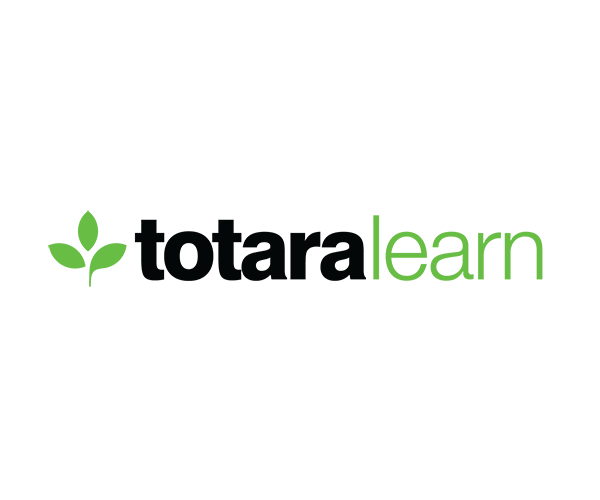
Are you prepared for your next compliance audit?
Few words can strike fear into the hearts of a learning team quite like ‘compliance audit’. If you’re lucky, you might have relatively predictable annual audits, for which you can thoroughly prepare and ensure you have everything in order. If you’re not so lucky, you might only have a day or two to prepare for the arrival of your external auditor, leading to a mad scramble to pull together all the evidence you need from your learning programme.
‘Compliance audits are always nerve racking, but there’s plenty that you can do right now to prepare for next time. Staying on top of your compliance data all year round is the best way to ensure you’re ready for your next audit, but if you’re not quite there yet, what can you do this week to protect your organisation by the time your next audit rolls around?
Automated reports
It’s absolutely crucial that you cover all the bases with your compliance reports. Your auditor will want to see an organised, structured set of reports, and the best way to get these is to automate the reporting process within your learning management system. Your reports can be set up to be automatically created and emailed to managers and LMS administrators on a regular basis to provide everyone with the evidence they need to prove compliance for individuals or across entire teams, which can then pro-actively be provided to auditors.
Structured learning programmes
Compliance courses should always be mandatory. In your learning management system, make sure that any course aimed at ensuring compliance is set up to require completion, such as health and safety (especially in industries such as healthcare and manufacturing), industry-specific regulations (such as finance and insurance) and anything to do with data security and protection (such as the GDPR training programmes released prior to the GDPR deadline in the EU). You can also use notifications to remind learners who have not yet completed mandatory compliance training to make sure that everyone remains up to date with their training.
Targeted content delivered to different audiences
An anaesthetist, a midwife and a receptionist working at the same hospital may need to cover some of the same compliance training (such as basic infection control), but they will also likely have different areas in which they need to prove their compliance. In learning platforms like Totara Learn, audiences can be set (for example where specific individuals in different locations are identified as first aiders) or dynamic (where learners are automatically added/removed from audiences, based on specific sets of HR characteristics such as role or department). Different learning paths can be assigned to different positions, audiences and organisations to help automate the management of compliance training. We have written a short post about Audiences here.
Digital certifications (and re-certifications)
Tracking compliance manually, either on paper or with spreadsheets, is a major hassle, and it’s easy for human errors and inaccuracies to slip in. Digital certifications make it much easier to automate both the training and tracking processes both the training and tracking processes, reducing the workload for learning administrators and managers and keeping the compliance training process running much more efficiently. Certifications (and recertifications) awarded digitally can be stored securely on your LMS, and personalised notifications can then prompt learners when it’s time to obtain their certifications again, such as with nurses’ recertifications.

